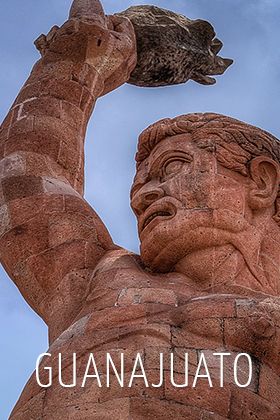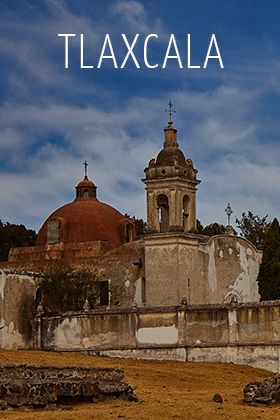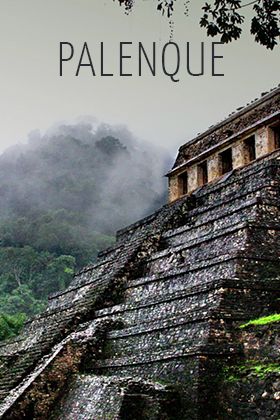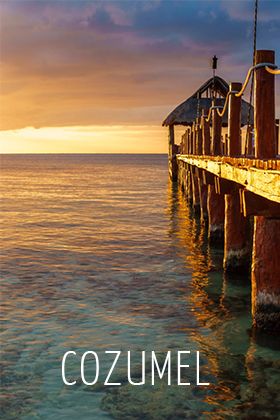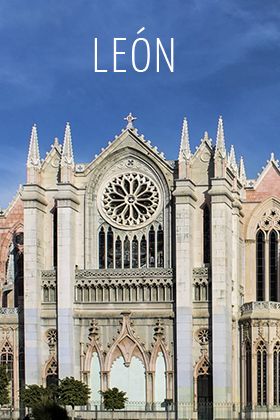Pátzcuaro Eterno
by: Travel by México
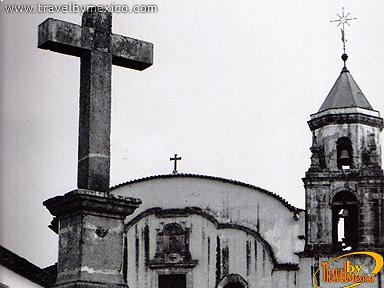
Pátzcuaro Eterno
by: Travel by México
Located 53km from the City of Morelia in the State of Michoacan, Patzcuaro is a picturesque town that has managed to preserve its traditions. Since 2002, Pátzcuaro has been part of the program created by the Ministry of Tourism of Mexico, called Magic Towns, that is, a town whose traditions, legends, history, daily life, and celebrations preserve a touch of magic!
This program aims to highlight the cultural and natural wealth of the town and its surrounding areas by offering tourist activities in accordance with these characteristics, as well as eco-tourism, extreme sports, religious tourism and cultural tourism.
Lake Patzcuaro and its islands
The Lake Patzcuaro is the biggest destination. Located 4km from the center of town, it is one of the most beautiful sites in Mexico and one of the highest lakes in the world; located at 2,140 meters above sea level. Around Lake Patzcuaro are the archaeological sites Ihuatzio and Tzintzuntzan.
The lake consists of eight islands: Janitzio, Yunuén, La Pacanda, Tecuena, a small islet called La Tecuenita located near the island Tecuena, Jarácuaro (which is accessible by road), Urandén Morelos, and Urandén Morales. The visitor may go to any of them by using a tourist transportation boat service and along the way watch the fishermen drop their famous nets in the form of butterfly wings.
Every November 1st and 2nd, Lake Patzcuaro is the scene of the solemn and mystical Day of the Dead procession to the Janitzio Island attended by islanders, tourists, and foreign nationals slipping into the shadows lit by torches and thousands of candles.
Services and Climate
Because of its atmosphere and the tranquility of its surroundings, Patzcuaro is also a haven for all kinds of artists, so it is possible to find in the plazas, cafes, and galleries in the city a wide range of paintings and other objects that show the city as a source of inspiration. There is also a small but select group of restorers of works of art and buildings whose professionalism and quality is recognized internationally. Pátzcuaro has about 60 hotels.
Pátzcuaro has semi-tempered humid weather with summer rainfall and an annual temperature of 14-20 ° C, with rainfall in late May to September. During the months of October to April it is usually damp and cold at night and in the morning.
How to get there?
Patzcuaro is located approximately 385 Km from Mexico City, the capital of Mexico and about the same distance from the City of Guadalajara in the State of Jalisco, on Highway 120, then that onto Highway 15 (Mexico-Guadalajara) that passes through the town of Quiroga, 20 minutes from Patzcuaro, that also passes through Tzintzuntzan, the legendary capital of the ancient empire of Purhépecha.
The pyramids or yácatas built centuries ago can be seen easily from the road and are visited by all who wish to make an interesting walk from the parking lot. Some parts are still under restoration and it is possible to know more about this culture at a museum located on site. If you are traveling from the City of Morelia, you can get there by using the new highway and take the side trip to Tiripetío which is approximately 40 minutes.
The passenger rail service is temporarily suspended due to the restructuring of the National Railways. By bus, you can get there from Mexico City or Guadalajara daily through different lines whose routes can easily accommodate your plans and budget, as they have rates ranging from economy to first class.
By air, you can fly into the Morelia’s Francisco J. Mujica International Airport, where the country’s leading airlines offer direct national flights to and from Tijuana, Mexico City, Guadalajara, and Zacatecas and international ones from Chicago, San Francisco, Oakland, San Jose, and Los Angeles in the USA.
History of Patzcuaro
Patzcuaro is one of the important places in the history of Michoacán.
The Purépechas settled just south of Lake Patzcuaro in the shadow of an extinct volcano, now known as Estribo Grande or the Great Stirrup, circa 1300. Warriors by nature, this town never surrendered to the fierce Aztecs.
During the rule of King Tariácuri great alliances were created with the neighboring cities of Tzintzuntzan and Ihuatzio. The city flourished, becoming an important ceremonial center and it was believed that this place was the door to heaven where the gods rose and fell. After the death of its ruler Pátzcuaro was annexed to the kingdom of Tzintzuntzan and became the favorite resort spot of the Purepecha nobility.
When the Spanish arrived in the sixteenth century it seized its treasures and arrested its last ruler Tangaxoan Tzintzicha or Tangaxoan II, who was burned alive. The indigenous people of the region were banished, forming a community that was almost forgotten. This situation would soon reach the ears of a Spanish priest who asked to be transferred to Patzcuaro.
Gradually this friar, Bishop Vasco de Quiroga, along with other religious leaders such as Juan de San Miguel and Brother Jacobo Daciano, began to revive the town. In 1537 he won permission for the construction of a church and a year later founded his biggest project: The College of Saint Nicholas Obispo.
In 1540 Pátzcuaro became Episcopal and in 1544 acquired the title of Capital City. Vasco de Quiroga began organizing a city of utopia based on the teachings of Thomas More: a meeting place where all were welcomed and where there was opportunity, love, peace, and equality. The school was used for Catholic teachings and as a hospital.
In addition they instructed the natives of the region in various arts and crafts, creating handicrafts that we still enjoy today: pottery, lacquer, basketry, and furniture. So, in thinking about the people, they began to build houses and churches with a touch more simplicity and a feeling of home rather than the great cathedrals of the time, so that locals would feel welcomed and comfortable. Gradually the town gained popularity and was filled with new inhabitants and the returning natives who had fled the area due to the Spanish exploitation. Also another major hospital was established: Santa Marta (where the Casa de los Once Patios is now). The hospitals of Pátzcuaro gave comfort to orphans, pilgrims, and the sick who were cared for by the indigenous people, using their ancestral remedies.
During the Independence of Mexico, natives of the area kept the name of Pátzcuaro. There were three outstanding men at this time, Manuel de la Torre Lloreda, Bernardo Abarca, and the very same Gertrudis Bocanegra, who contributed to the cause. The last one was killed in the plaza that now bears his name.
Currently, Pátzcuaro looks not so different, even though it is filled with people of all kinds: natives who refused to migrate, people from all over Mexico looking to spend their retirement days between its colorful walls, national and international artists who were seduced by the tranquility and inspiring landscape, hippies who embrace this local culture and sell their crafts, and of course, the new generation of Purepecha.




